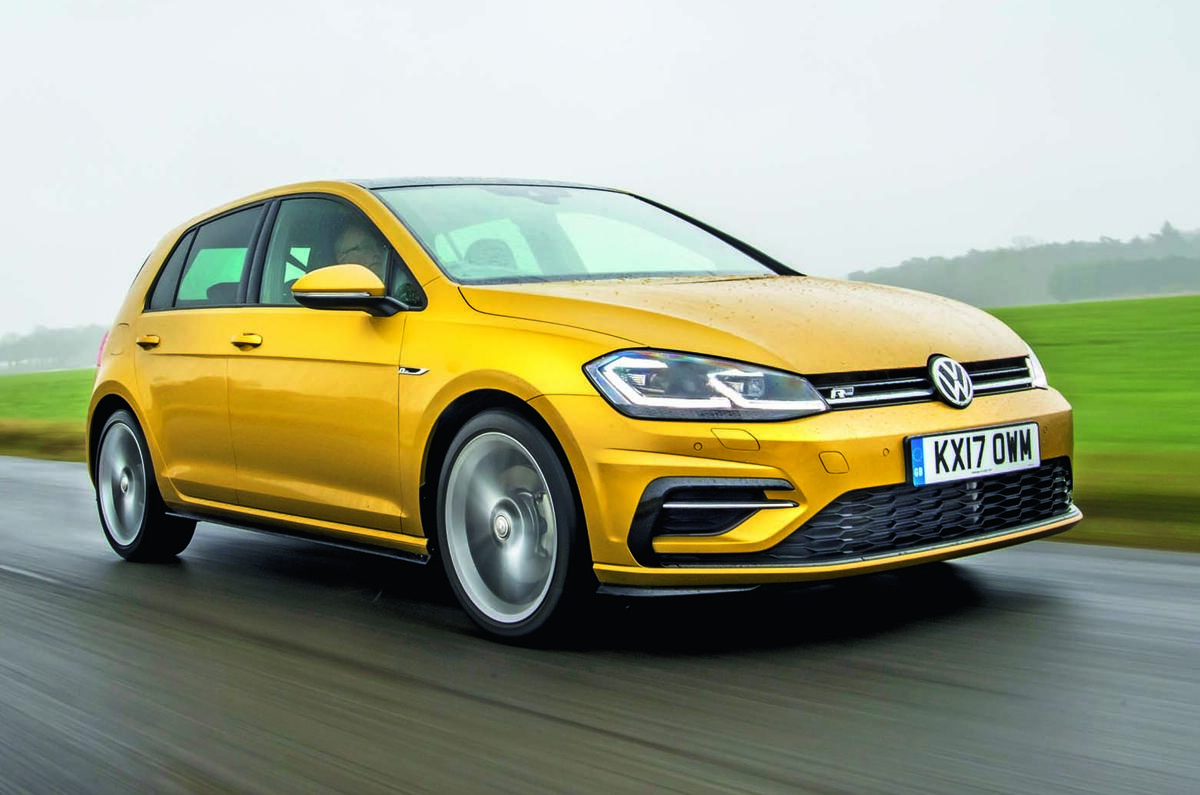In 2017, Volkswagen sold 968,284 Golfs worldwide. That was down from 982,495 in 2016 but still an impressive effort 2019 given that the Volkswagen Golf Mk7 was in its fifth year on sale. It remains a sales powerhouse and a decent cash generator for the VW Group.
A slight shift upmarket with the Mk8 makes sense for the Golf, especially as the profit margins for entry-level models are wafer-thin.
Autocar understands that VW sibling Skoda is developing a new model that could step in for cheaper Golfs and suit buyers who want a more affordable hatch. Using the MQB AO architecture, Skoda is planning a Golf-sized hatchback that will Skoda replace the Rapid in its model range.
This car would not only bridge the size gap between the Skoda Fabia and the Skoda Octavia but also ensure that the VW Group can appeal to a breadth of buyers at different price points.




Join the debate
Add your comment
Leaves room for a new skoda?
Leaves room for a new skoda? What about the leon? And every time a new golf comes out it supposedly moves up market. Will this up market push mean the new golf will only be available with the more expensive multilink independ rear suspension as opposed to the cheaper torsion beam?
Too many brands
City Tiger and Big S are right. I always thought that although 4 brands is rather a lot to juggle it could be done: Skoda = budget, Seat = sporty, VW = midrange and Audi = premium. But there are so many clashes between the marques that it must be uneconomic to have all those separate modeIs requiring different body pressings even if the platforms are the same. In the old BMC and Routes days of badge engineering it was usually little more than the actual badge and a bit of interior trim that was different! I never understood why VW even thought of the Phaeton when Audi had the A8, their body engineering at least being quite distinct. That's just one example.
The platform of a Golf isn't
The platform of a Golf isn't the same as an Octavia/Leon and so on. They share the ability, along with all other models using the modular system to be built on the same production line through having a number of identical fix points that allow a production matrix to be laid out. Where identical components are used, be it body pressings (Karoq, Ateca) or drivetrain/electrical systems, it's for costs savings, nothing else.
It's actually the platform
It's actually the platform that is common to all of these models. The modular items are engines, transmissions, panels, interior fitments, etc that are added to the platform to make specific models under whichever brand.
Nope. Powertrains, electrical
Skoda
was supposed to be the budget brand, as nicebiscuit, they need a Dacia competitor, Skoda was supposed to be it, and SEAT was supposed to be the Sporty with Latin design flair, now they are all virtually clones fighting for the same spot in the market, with SEAT now appearing to be the most sensible option for the private buyer, blending good looks with a decent spec and price. VW need to drop the delusions of granduer, and the automotive media outlets need to stop pandering to it. Squashy plastics on the upper front of the dashboard and cheap plastics everywhere else, as per the current Golf, does not make it a premuim or up market vehicle.
Where does that leave Audi?
If the VW Golf moves "upmarket", where does that leave the Audi A3? Do we just end up with Austin/Morris/Riley/Wolseley style confusion in the marketplace?